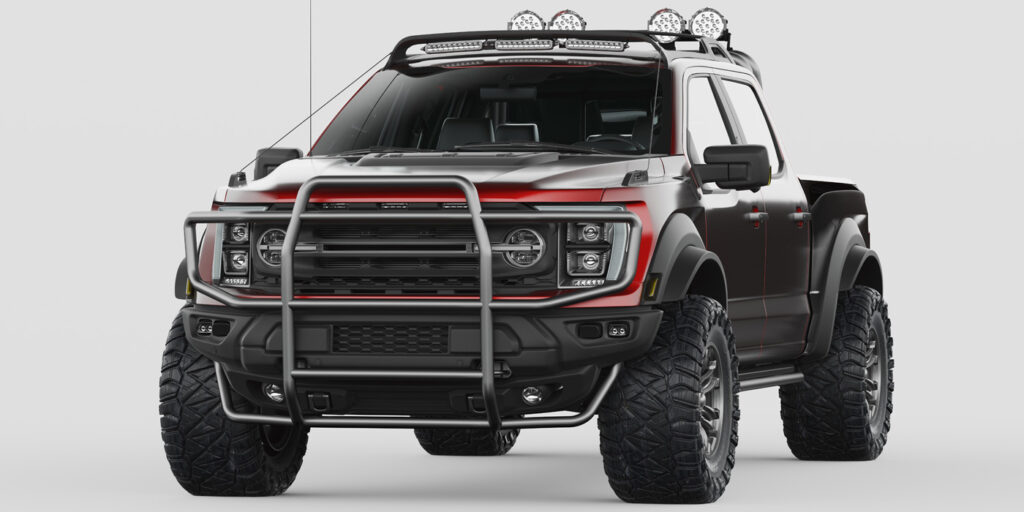I swore for years that I would never buy a brand-new car. I didn’t even want to make a car payment. You see, I’ve always owned cheap (read “broken”) cars. The way I see it, you either make a monthly payment to the bank, or to the parts store. Since I’ve been working on cars for most of my adult life, it made more sense to keep driving cheap cars and doing the work myself.
That all changed when my 2003 Nissan Altima left me stranded on the side of the highway on my way to pick up my daughter from daycare. I was so thankful she wasn’t in the car with me yet; it was icy, snowy and just downright dangerous.
I started looking for a new (to me) car that night. I couldn’t justify driving half-busted cars any longer, and I certainly didn’t want to put my then-3-year-old daughter in danger.
Thanks, COVID …
Fast forward a month or two, and it’s March 2020. Ohio shuts down, and there’s a lot of uncertainty. I was still searching for a newer car to buy at this point, and I was leaning toward a gently used VW Golf Alltrack. Then, in April 2020, VW offered 0% financing on its new cars.
When I did the math, the payment on a new one was the same as the payment on a used one. So, I hurried up and scooped up a brand-new 2019 Alltrack, and it’s been my primary vehicle ever since. Mind you, this is the first nice car I’ve ever owned, and I was pretty excited to drive something that was still covered under warranty. But my inner car guy has a lot of influence, and before long I started to make some upgrades.
Upgrades
It started out slow. First, a set of WeatherTech floor mats. Then, I picked up some protective film for the headlights, taillights and fog lights. Next, I bought an auto-dimming rearview mirror with built-in HomeLink garage-door-opener functionality. I bought an entire arsenal of car-cleaning products, from microfiber towels to a DIY ceramic coating kit. This was the first nice vehicle I’d ever owned, and I wanted to protect my investment!
Then the “real” upgrades started. Bigger front and rear sway bars helped to keep the body roll in check, and completely transformed the way the car drove around a corner. Aluminum skid plates underneath for added protection from whatever the roads in Ohio could throw at me. A set of projector headlights with HID lighting gave me unparalleled nighttime visibility. Then, I got the opportunity to test out a prototype 1.25-inch lift kit. Sure, it’s not much, but a touch of added ground clearance is always nice. It also brings the car up to the height that it should have been from the factory, in my opinion at least.
The truth is, I simply can’t leave a vehicle alone. I have to make it my own, one way or another. But I enjoy the process, and it’s satisfying to watch it slowly evolve into exactly what I want it to be. I share this to help you get inside the minds of some of your more passionate DIY customers.
Growing Opportunity
I can’t help but look for things to change, upgrade or improve whenever I buy a vehicle. Doing this might not make sense to everyone, but it’s how I make my vehicles better for me. However, I suspect that I’m not alone in this mindset.
With new-vehicle prices skyrocketing, it makes sense that someone might choose to repair or upgrade their current vehicle instead of trading it in for something else. And that’s a huge opportunity for the automotive aftermarket.
According to the 2022 SEMA Market Report, U.S. consumers spent a whopping $50.9 billion on accessorizing and modifying their vehicles last year – an all-time high for specialty-equipment sales. Trucks are a major driving force behind this sales trend, accounting for nearly one-third of those sales.
Considering that the Ford F-150 has been the best-selling vehicle in the United States for many years – and the top three best-selling vehicles in 2021 were pickup trucks – this should come as no surprise. According to the SEMA report, sales of “utility accessories” such as truck bedliners, truck caps, racks, truck-bed covers and trailer and towing products are expected to grow from $3.79 billion in 2021 to $3.87 billion this year. If you’re not stocking truck accessories, you might want to give this category another look.
Here’s the bottom line: Every time somebody buys a new or used vehicle, there’s an opportunity for us as counter pros to help them find the accessories they need. The question is, what are you doing to capitalize on this exciting category?













